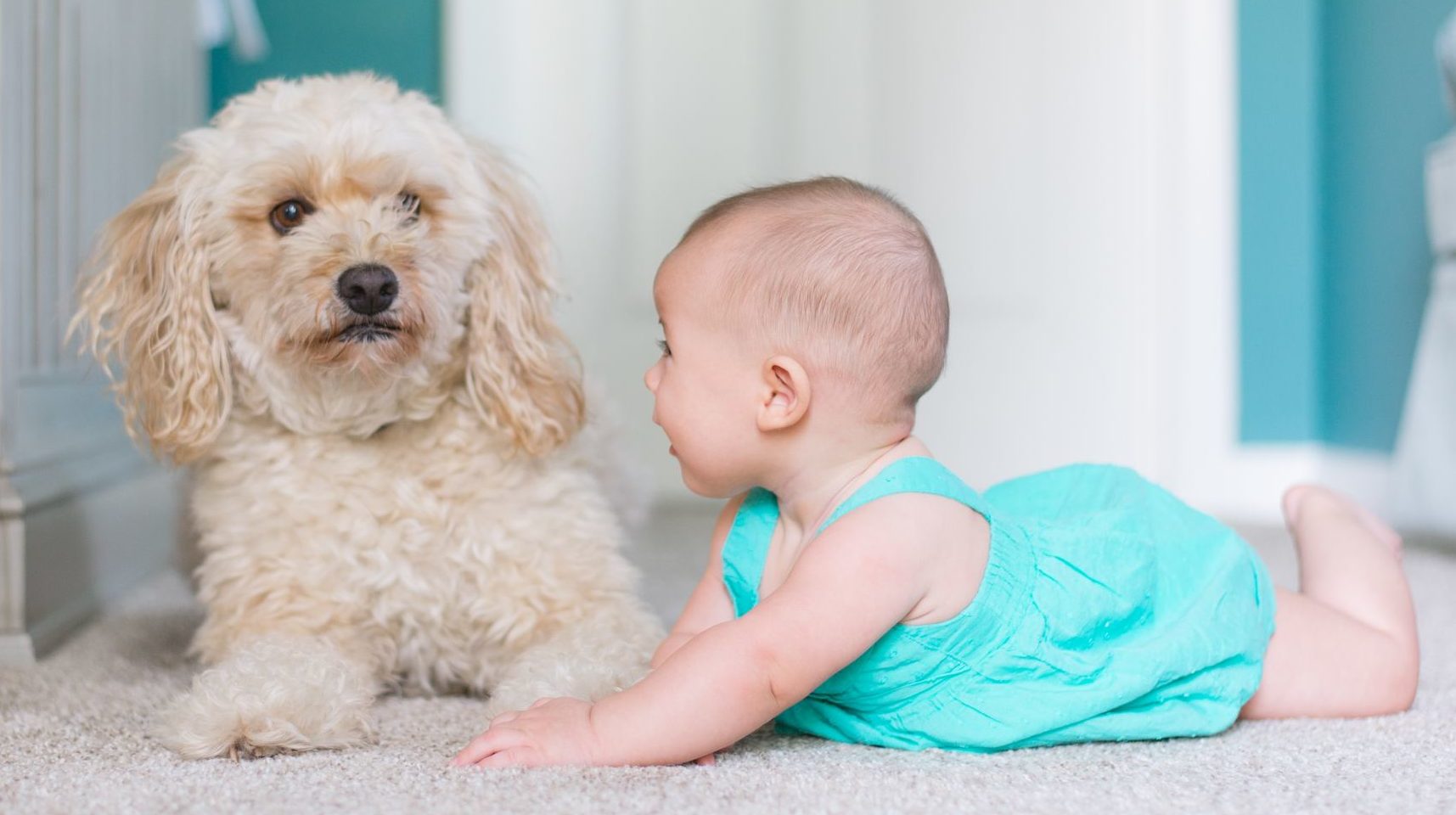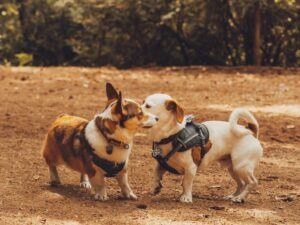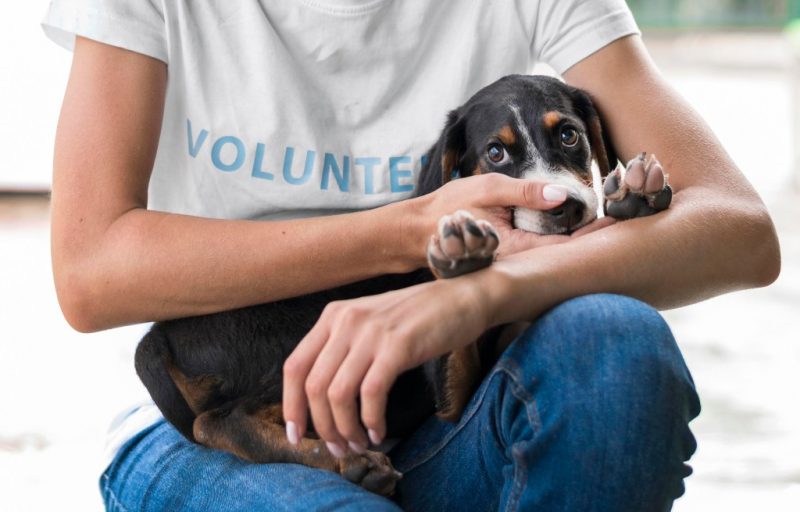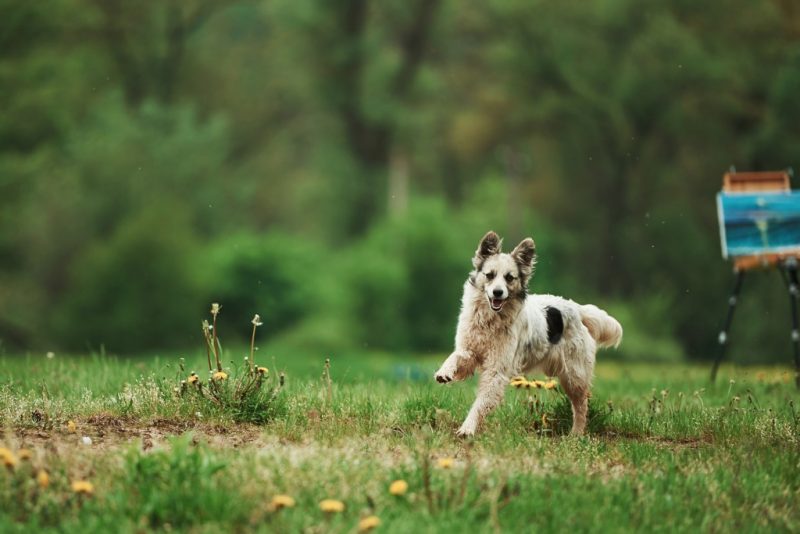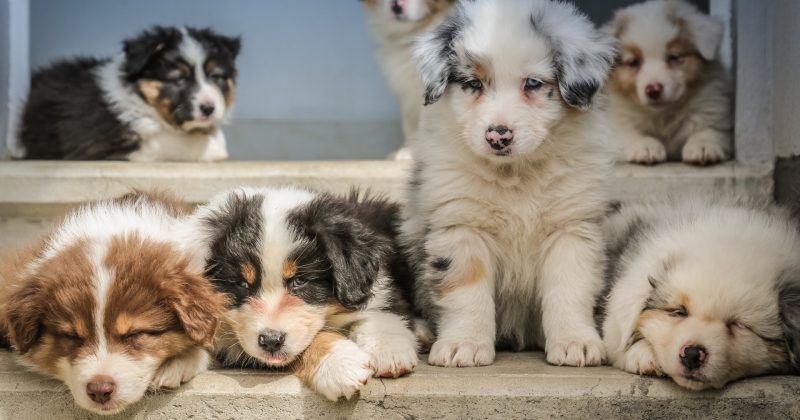Growing up with a dog can be a really special experience, but making sure your family members all get along requires a bit of thought and preparation. Pets who are used to having you all to themselves (or think they’re the baby) can struggle with a new human addition. So here are some things to keep in mind when introducing dogs and babies.
Dog and Babies: The Risks
Not to start on a bummer note, but we do need to stress why this is such a serious and important topic. The Sydney Royal Children’s Hospital estimates that 13,000 Australians receive medical treatment each year for a dog bite, with children under five being the most likely to be bitten. Generally, those bites are from family pets, or the pets of close friends. Additionally, while adults are typically bitten on the hands or feet, children are often bitten on the face or neck.
Dog attacks are rare, but when they do occur they can be devastating. Not only do they lead to physical and emotional scars for the child, but they can also result in the dog being put down.
Thankfully, that can all be avoided by investing some time and effort in making sure your dogs and babies get along.
Preparation Is Key
The more time you give your pet to prepare for the arrival of a new family member the better. They’re also less likely to associate any negative changes with your baby if they happen over weeks or months, not suddenly as soon as the child arrives.
- Deal with outstanding behavioural issues: When it’s just you and your dog, it’s easy to let issues slide. But trust us, correcting them ahead of time is key. Seek help with existing problems by working with a trainer of behaviorists. You want new practices and routines to be familiar before the baby disrupts life even more.
- Decide what new rules you want your dog to learn: If you want the nursery to off-limits or to not have the dog on the bed anymore, bring in those rules now. By implementing the new expectations early and consistently your pup will know what is expected and will not link reduced privileges to a new bub arriving.
- Start desensitizing your pup: Babies are noisy. Help prepare your pet for sounds like baby screams by playing them YouTube for recordings (like this 60 minutes of crying). Start quietly and gradually increase the volume as you just go about ordinary life.
- Introduce test runs: It might sound silly, but get your dog used to things like walking with a (empty) pram when it’s just you. That way they can practice being around baby things without worrying about anyone getting hurt or scared.
- Prepare the dog sitter: You might choose to have the dog out of the house when you bring your child home. If so, ensure they’re used to spending time with an alternative care person. You don’t want them to feel abandoned or forgotten.
- Create good associations: Try to have lots of positive interactions between your dog and other children. You want them to think kids = fun.
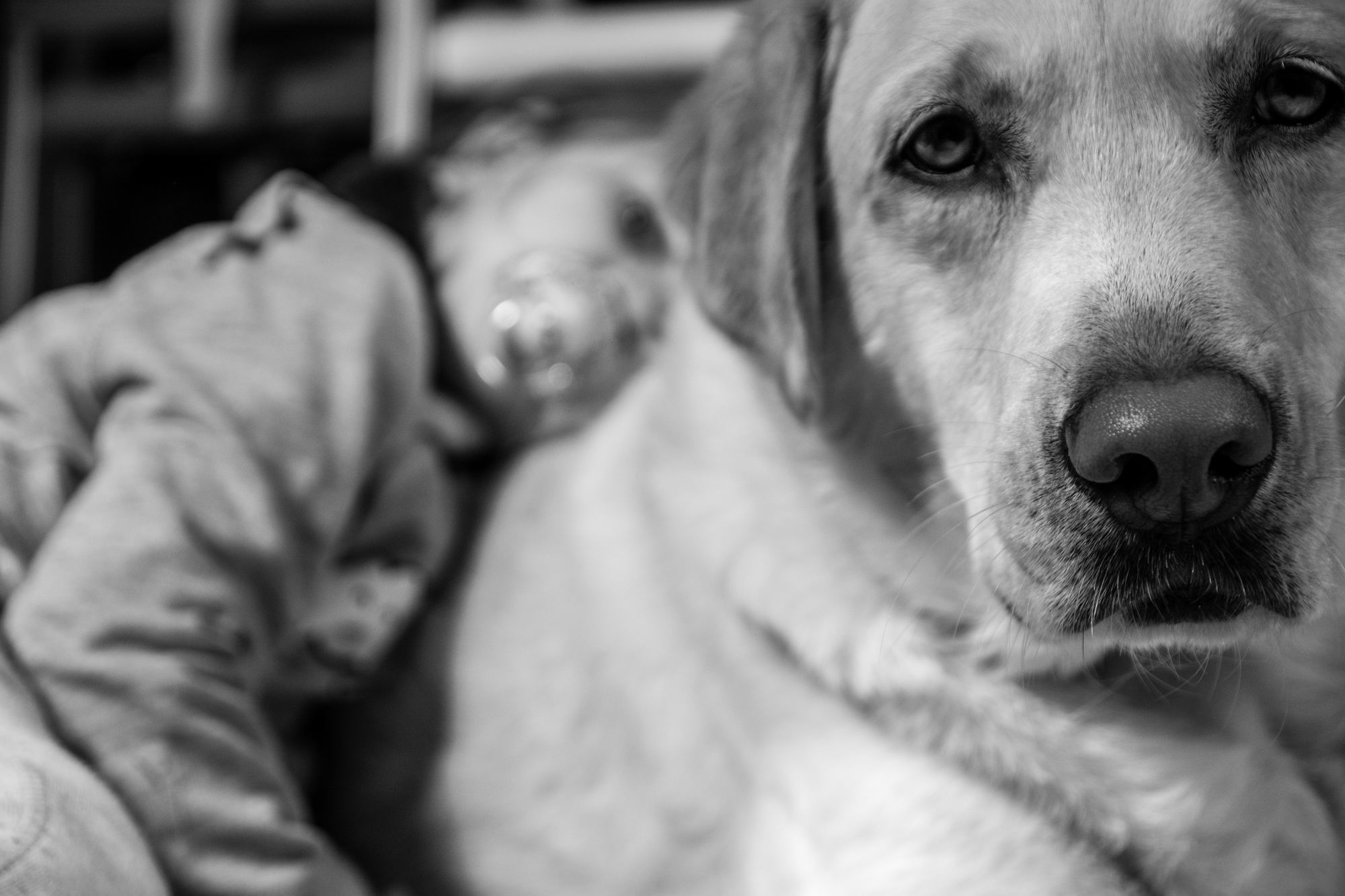
First Meetings for Dogs and Babies
Here’s a secret, introducing a baby isn’t that different to introducing another dog. The number one rule is you want to the first meeting to be a positive interaction.
- Bring the scent home first: Start by offering your dog something of the baby’s to sniff before you bring them home from the hospital.
- Tire them out: If your dog has lots of energy, take them for a long walk before the first meeting.
- Have two adults on hand: One to look after your baby, and the other to control your dog on a lead.
- Give them space: If your dog is very excitable, start with them behind a screen door or in the garden.
- Move slow: Begin by allowing them to sniff the baby’s feet (this keeps them away from the delicate and loud face) and reward good behaviour with treats. Repeat this multiple times.
- Stay calm and relaxed: Your pup is attuned to your emotions–if you are anxious, they will be too.
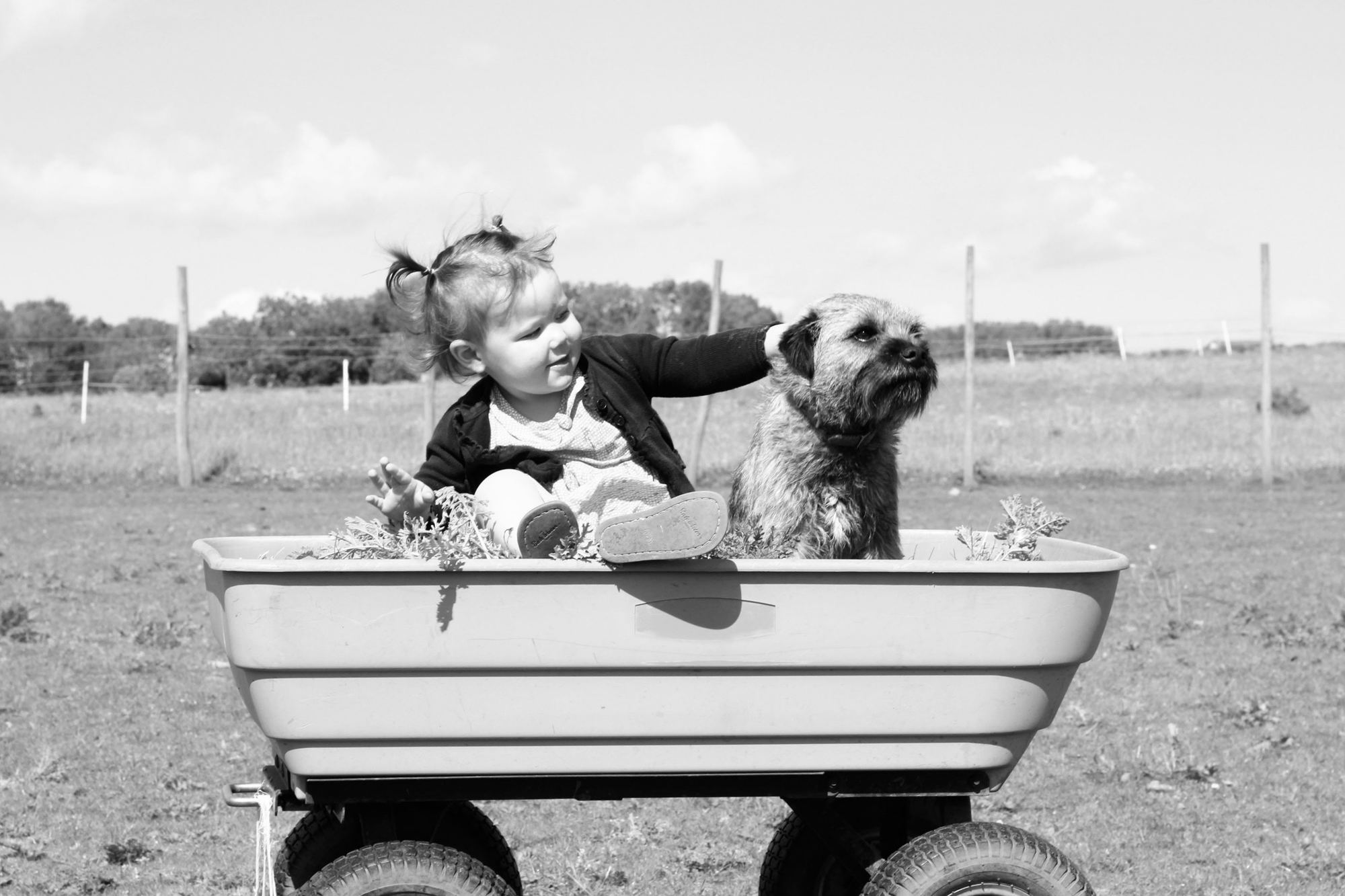
Ongoing Interactions
This isn’t a one-off task, you’ll need to keep working on this for weeks.
- Reward the behaviour you want: If your dog behaves well around the baby re-enforce them positively with pats or treats.
- Step carefully: Take special care when your baby starts crawling and walking. This can be an excitable and scary time for a dog as the rules just changed.
- Get educated: Teach your children how to behave with a dog. This isn’t all on the pet. Kids need to learn about stroking or rubbing, rather than patting or pulling. Dogs generally don’t like hugs and squeezes or being climbed on either. Tell them to stay away from dogs while they are eating and “let sleeping dogs lie”.
- Calm it down: Teach kids how to de-escalate rough play. Children and dogs can have great fun together but they also rev each other up. It’s important they learn to recognise when things are starting to get out of hand and how to disengage.
- Avoid alone time: Don’t risk leaving dogs and babies together unsupervised. No matter how sweet your dog is, they need to be observed with very young children.
If you’re not comfortable with doing these steps yourself, seek help from an experienced trainer or behaviourist. It’s vital not to re-enforce bad behaviours, so get on top of any problems quickly.
For more on getting a dog, check out:
What You Need to Know about Bringing a Dog Home for the First Time
While you’re here, subscribe to our newsletter, check out our magazine, and follow us on Instagram, Facebook, and Twitter.

